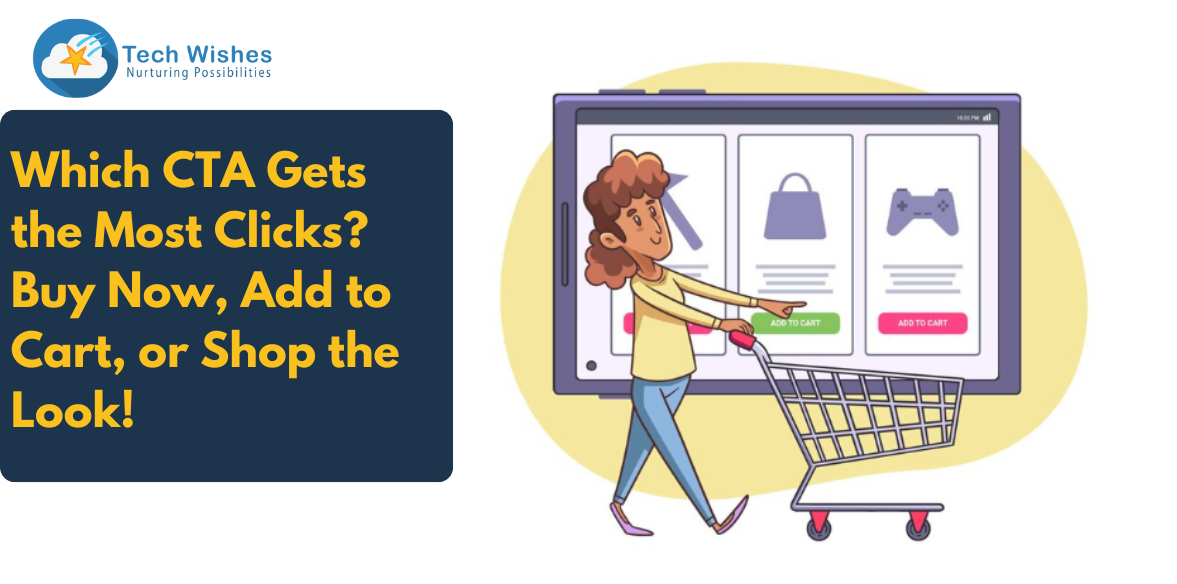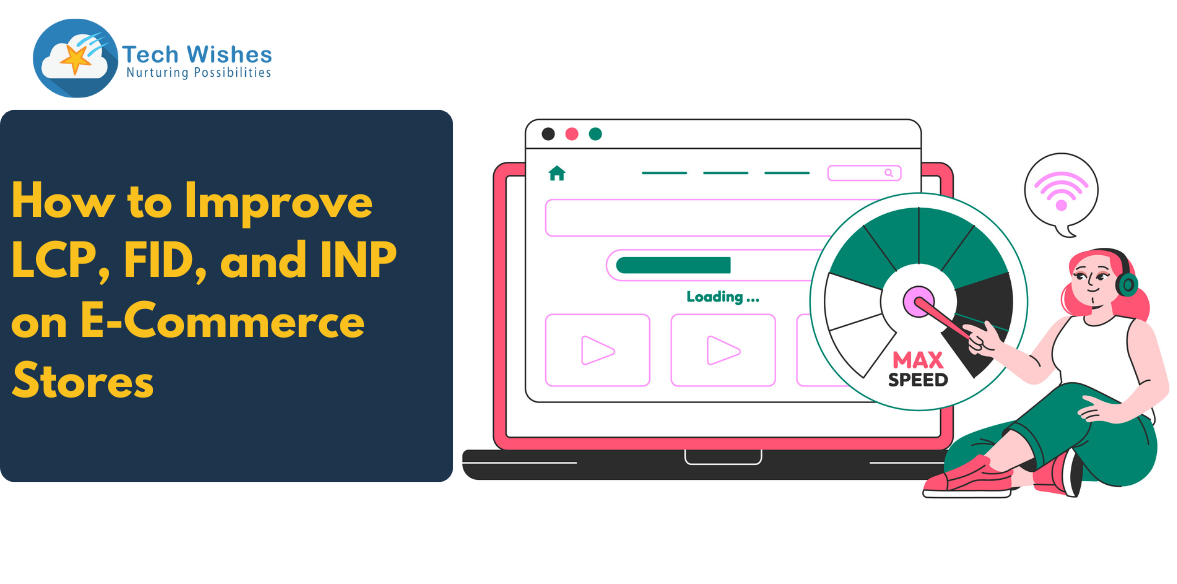Even in website design, HTML tags are the building blocks that shape the digital landscape. From laying out content to adding interactivity, these tags are the secret sauce that turns code into captivating web experiences. Here's a curated list of essential HTML tags that website designers should have in their toolkits, ready to wield their magic.
Here are the 18 HTML tags to swear by…
1. <DOCTYPE>: Defining Document Type
The doctype declaration sets the stage for your HTML document, telling the browser which version of HTML to expect. It's like the opening act that ensures your web design plays out as intended.
2. <html>: The Root Element
This tag encapsulates the entire HTML document. It's the starting point, the container that holds all other elements. Think of it as the canvas on which your design masterpiece unfolds.
3. <head>: The Intellect Hub
Within the <head> tag, you place metadata that guide browsers and search engines. From the title of your webpage to crucial links and scripts, the head is the brain of your design.
4. <meta>: Metadata Matters
Meta tags offer snippets of information about your webpage. The meta description, for instance, provides a brief overview that appears in search results. Craft it wisely to entice visitors.
5. <link>: Navigational Bridges
The <link> tag connects your webpage to external resources, like CSS stylesheets. It's the bridge that ensures your design gets its attire, making it visually appealing.
6. <body>: The Visual Epicenter
Within the <body> tag lies the heart of your design – the content that users see. Text, images, buttons, and more find their home here, bringing your design to life.
7. <div>: The Versatile Block
Think of the <div> tag as a flexible building block. It groups content together, helping you structure and style sections of your design. It's the backbone of the layout.
8. <a>: Anchoring Interactions
The <a> tag creates hyperlinks, guiding users to other web pages or resources. It's the bridge between pages and the tool for seamless navigation.
9. <img>: Picture Perfect
When visuals speak louder than words, the <img> tag shines. It embeds images into your design, adding visual appeal and conveying messages at a glance.
10. <h1> – <h6>: Heading Hierarchy
Headings create hierarchy and structure in your design. From the most important <h1> to the least important <h6>, they guide users through your content.
11. <p>: Paragraph Power
For text-based content, the <p> tag is your go-to. It wraps text into paragraphs, ensuring readability and organization.
12. <ul> and <ol>: Listing Brilliance
Lists organize content. Use <ul> for unordered lists (bullets) and <ol> for ordered lists (numbers), enhancing readability.
13. <table>: Tabular Magic
For data presentation, the <table> tag is indispensable. It structures data into rows and columns, making information easy to comprehend.
14. <form>: Interaction Oasis
When designing forms for user input, the <form> tag is essential. It encapsulates input fields, checkboxes, and buttons, facilitating interactions.
15. <input>: User Inputs Unleashed
From text boxes to radio buttons, the <input> tag brings various user input options to your design, enabling dynamic engagement.
16. <button>: Action Buttons
Buttons beckon users to take action. The <button> tag creates interactive elements that trigger events, from submitting forms to exploring content.
17. <footer>: The Farewell Note
The <footer> tag marks the end of your design canvas. It's where you place copyright information, contact details, and closing notes.
18. <script>: Scripting Magic
To add interactivity and dynamic features, the <script> tag embeds JavaScript code into your design, transforming it from static to engaging.
Final Curtain Call:
These HTML tags are the tools that designers wield to craft engaging, functional, and visually stunning web experiences. By mastering these essential elements, you're empowered to create digital wonders that captivate users and bring your design visions to life.
Looking for a website design company in Kolkata? Reach out…



